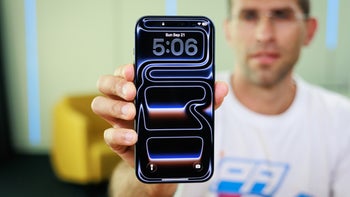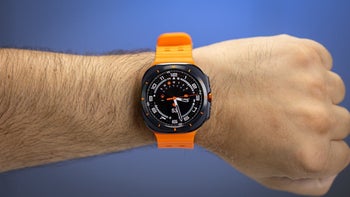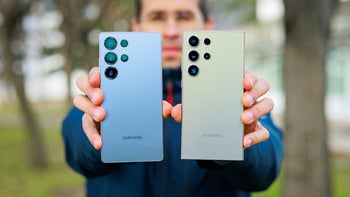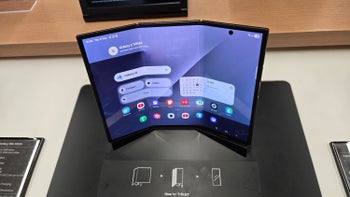Tim Cook explains how iPhone Air keeps strong battery life despite its slim profile
In a recent interview, Apple's CEO gave more details about the new Air model.

Apple confirmed that the space freed up by removing the physical SIM on the iPhone Air is now used for battery, which is how the thinnest iPhone ever can still promise solid endurance.
Apple introduced the iPhone 17 series last week, and for the first time, we saw the iPhone Air – an incredibly thin device that aims to deliver Pro-level performance. But at just 5.6mm thick, one big question immediately popped up: how good could its battery life really be?
Tim Cook addressed the concern head-on in an interview after the launch, promising (once again) impressive endurance. The key, he said, is the complete removal of the physical SIM card slot on the Air model.
The iPhone Air is the first iPhone ever to drop physical SIM support worldwide. While iPhones in the US have been eSIM-only for a couple of years, models sold elsewhere still offered a SIM slot. Not the Air – Apple needed every bit of extra space to fit the battery into its super-slim frame.

The iPhone Air fits neatly into the industry's current obsession with thinner designs. Samsung, for example, launched the Galaxy S25 Edge earlier this year, also an ultra-thin phone but with a noticeably smaller battery compared to its siblings.
Unlike Apple, Samsung managed to keep a SIM slot, but the result was a thicker device (although the difference is barely noticeable).
Apple clearly prioritized thinness above all, deciding to drop the SIM tray entirely to push the Air's design limits. The result? At just 5.6mm, it's about 0.2mm thinner than Samsung's Edge.
We still need to test the iPhone Air ourselves before confirming Cook's claims about battery life. On paper, it should comfortably last a full day, but real-world performance always depends on usage.
Personally, I'm curious to see if the extreme thinness ends up being a meaningful tradeoff – or if Apple really pulled off the balance it's promising. Stay tuned for our battery tests, because we're just as eager to see if thinner could really mean better.
Apple ditched the SIM slot on iPhone Air, so your battery could actually survive the day
Apple introduced the iPhone 17 series last week, and for the first time, we saw the iPhone Air – an incredibly thin device that aims to deliver Pro-level performance. But at just 5.6mm thick, one big question immediately popped up: how good could its battery life really be?
The battery life is great. You're going to love the battery life. (…) Because we engineered it from the inside out. It's eSIM-only. And so we were able to take the battery and extend the battery to areas that previously had the physical SIM. And so, it's an incredible innovation.
– Tim Cook, Apple's CEO, September 2025

Video credit – CNBC
Apple went all-in on eSIM for the iPhone Air
The iPhone Air fits neatly into the industry's current obsession with thinner designs. Samsung, for example, launched the Galaxy S25 Edge earlier this year, also an ultra-thin phone but with a noticeably smaller battery compared to its siblings.
Apple clearly prioritized thinness above all, deciding to drop the SIM tray entirely to push the Air's design limits. The result? At just 5.6mm, it's about 0.2mm thinner than Samsung's Edge.
Apple's bold thinness play
We still need to test the iPhone Air ourselves before confirming Cook's claims about battery life. On paper, it should comfortably last a full day, but real-world performance always depends on usage.
Personally, I'm curious to see if the extreme thinness ends up being a meaningful tradeoff – or if Apple really pulled off the balance it's promising. Stay tuned for our battery tests, because we're just as eager to see if thinner could really mean better.
Follow us on Google News










![A new Android bug is making it impossible to install new apps. Are you affected? [UPDATE]](https://m-cdn.phonearena.com/images/article/176703-wide-two_350/A-new-Android-bug-is-making-it-impossible-to-install-new-apps.-Are-you-affected-UPDATE.webp)

Things that are NOT allowed:
To help keep our community safe and free from spam, we apply temporary limits to newly created accounts: